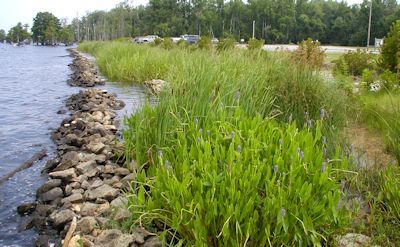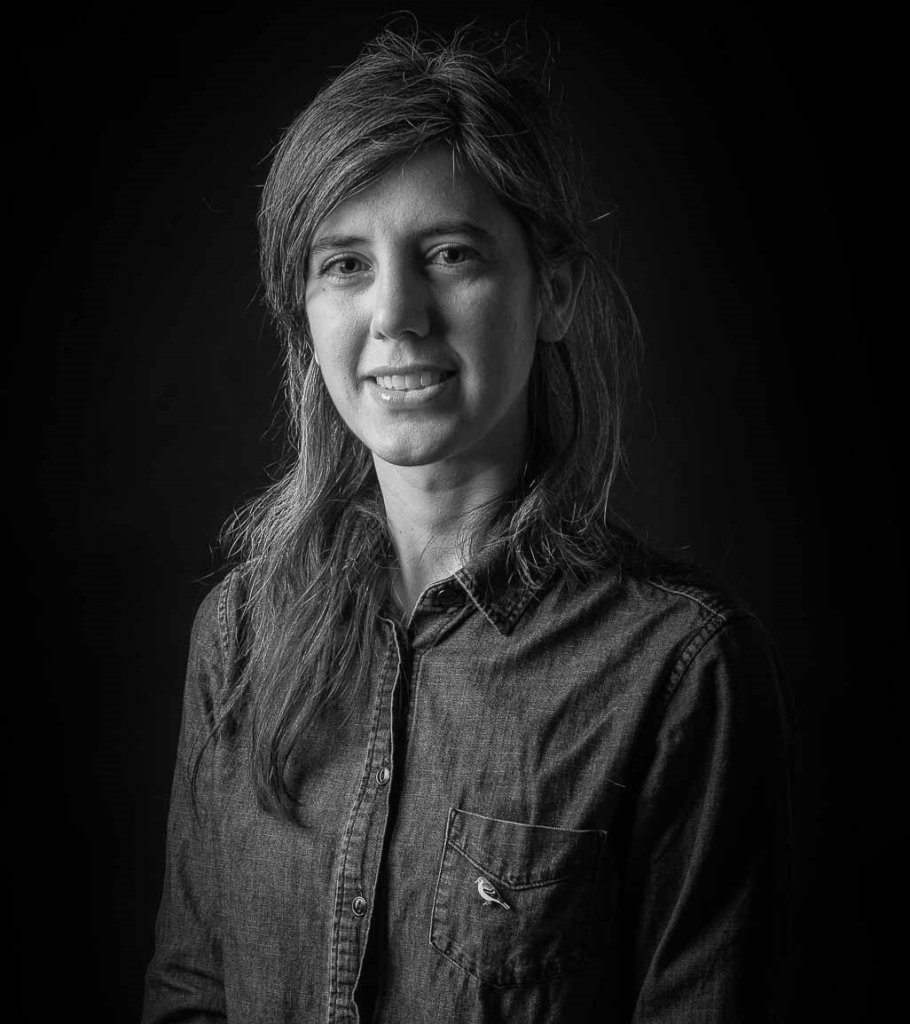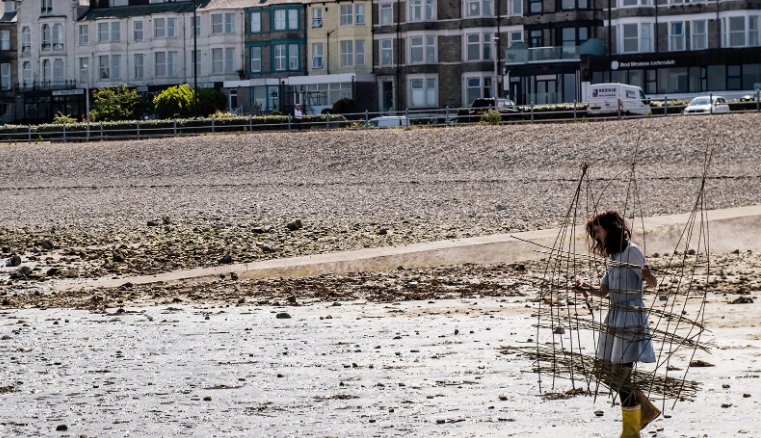Coastal Nature Lab

Coastal Nature Lab
Using Locally Sourced Materials for the Creation of Community-Involved Coastal Protection

Primary Investigator – Dr Serena Pollastri, Lancaster University
Co- Investigators: Dr Suzana Ilic, Lancaster Environment Centre, Dr Enrico Tubaldi, University of Southampton
Coastal hazards such as flooding, erosion, and seawater intrusion pose significant threats to many coastal communities – threats that will be further exacerbated by the impact of climate change, such as accelerating sea level rise (IPCC 2019) and And increased extreme surge and wave events storminess.
Coastal protection policies and interventions relying on grey or hard infrastructures (such as sea walls or flood barriers) are increasingly becoming unsustainable in the long term as they are unable to adapt to future coastal changes and the uncertainties brought about by climate change without continuous and costly interventions. For example, many places in the UK might not get funding for coastal defences in the future as they will not be cost-beneficial (The UK Committee on Climate Change 2018). Moreover, approaches used in coastal engineering, such as for scour protection and ground stabilisation, use materials such as geotextiles which often contain microplastics.
In the last decade, there has been an increased interest in working with nature to manage the coastline by implementing sustainable and soft engineering techniques (e.g. living shoreline barriers, beach nourishment/reprofiling, cliff stabilisation, dune regeneration). But while there are many benefits to this approach (coastal protection, enhanced biodiversity, benefits to the local economy, community well-being etc.), working with nature requires a more nuanced approach centred on engaging with hyperlocal interactions between social, economic, and natural resources. Moreover, there is a lack of general guidance on how to work with local materials and how to design nature-based solutions.
This research asks: what natural materials, processes, and design strategies could be used to enable local communities to participate directly in the protection of coastal environments?
The Coastal Nature Lab investigates the benefits and viability of using locally sourced natural materials in the design of locally relevant interventions for coastal protection that are co-created with local communities. Specifically, the aim of this pilot project is to develop an initial understanding of materials, processes, and designs for sediment trapping and stabilisation. To do so, we will employ a Research through Design methodology, in which knowledge is generated through a reflective and iterative design practice, conducted in collaboration with experts in crafts, community groups, and the engineering team and policymakers at Lancaster City Council (LCC), our project partner. LCC will support the project by providing access to resources (including obtaining licences for on-site testing) and facilitating the implementation of proofs-of-concepts as part of their DEFRA-funded Flood and Coastal Resilience Innovation Programme ‘Our Future Coast’, which focuses on nature-based solutions.
The novelty of this approach is twofold. First, it connects disjointed areas of knowledge and practice to investigate the possibility of new approaches for local coastal protections that are based on community-led interventions and self-built structures. Second, it moves away from conventional polymer-based interventions (e.g. geotextiles, sandbags) that release microplastics and pollutants into the environment.
The research process will consist of three interconnected work packages (WPs): Materials (WP1), Processes (WP2), and Design (WP3). The materials investigated through WP1 will be innovatively combined or processed in WP2 to develop proof-of-concept prototypes and structures in WP3, that can be used for sediment trapping, stabilisation, or wave energy dissipation. Findings will be used to compile a Coastal Nature Lab’s Pattern Book (see below) and will provide the ground for a larger follow-on project aimed at developing, implementing, and testing specific interventions in different coastal contexts. This project squarely fits with the UKRI current strategic interest in the relationship between coastal futures and local communities (e.g. NERC’s recently announced ‘Resilient UK Coastal Communities and Seas’).
WP1- Materials: The objective of this WP is to investigate the availability and suitability of natural materials to build small-scale structures for coastal adaptation.
Task 1.1. Various local natural materials traditionally used in craft practices (willow, reeds, wool) or with promising characteristics (marine biopolymers, marram grass, debris), which can be used in combination with local sediments, will be sourced and studied for their properties and behaviour in coastal settings.
Task 1.2. Current flows and practices associated with the materials being considered will be mapped and documented. Such documentation will be essential to evaluate the feasibility and scalability of possible interventions as well as the opportunities to promote circular economy, net-zero and no-plastic practices.
WP2-Processes: This WP investigates the fabrication processes that can be used with the materials considered in WP1 to design structures for coastal protection (WP3).
Task 2.1. Practice-based research (through workshops (WP3) and hands-on activities) into the tacit knowledge of traditional craft will support the exploration of techniques that can be adopted for co-creating structures and interventions (WP3). We will work closely with a group of artists and craftspeople and will document the techniques traditionally used for working with natural materials, including weaving, spinning, felting, and thatching, through videos, illustrations, and photo essays.
Task 2.2. The mechanical properties (in terms of e.g. cohesion, strength, durability, solubility) of the materials considered in this project will be enhanced through processes such as biomineralization, which involves the action of bio-produced substrates and microorganisms to form minerals. This research will focus on two techniques: Microbially Induced Carbonate Precipitation (MICP) (https://doi.org/10.1080/01490450701436505) and Enzyme Induced Carbonate Precipitation (EICP) (https://doi.org/10.1061/9780784479087.209). We will prioritise the use of indigenous microorganisms and indigenous algae, although suitable alternatives (S. Pasteurii and a soybean-derived enzyme) will be considered.
Task 2.4. The mechanical properties of processed materials (through Task 2.1 and 2.2) will be assessed as part of the study. Planned experiments include jet erosion tests, wind tunnel tests, tensile/compressive mechanical tests before and after exposure to wetting and drying cycles with highly saline water.
WP3-Design: This WP focusses on the design and testing of small-scale structures and prototypes for sediment trapping and stabilisation.
Task 3.1. After a first pilot workshop, organised with Lancaster School of Architecture, a total of two workshops with artists and craftspeople will be held in Morecambe Bay in September 2023 and February 2024. These workshops will build upon the findings from WP1 and WP2, and will engage local communities in learning craft skills that will be used to co-create early prototypes for small scale local interventions.
Task 3.2. A series of proof-of-concept structures (e.g. rock pools, geotextile tubes, mats) will be developed from the learnings in WP1, WP2, and T3.1. These structures will be deployed in at different inter-tidal and supra-tidal levels, at local sites in Morecambe Bay proposed by Lancaster City Council and the estuary of the River Clyde. The purpose of field experiments is to test their feasibility, stability and durability, as well as their effectiveness for sediment trapping/stabilisation in a range of environmental conditions.
Task 3.3. A series of design guidelines will be produced for the Natural Coastal Lab Pattern Book. These guidelines will be developed through the engagement with materials (WP1) and processes (WP2) – both in studio and lab-based research activities and in site specific workshops and interventions with communities.
Nature Coastal Lab Pattern Book
The findings from the project will be published as a Pattern Book, which will be made available online. The format draws from the weaving industry practice of compiling organised catalogues of combinations of motifs and colours, but also from the open design practice of sharing instructions to encourage community self-building practices. It will be divided into three main sections of indexed materials, processes, and designs. Each item in the book will be described for its main characteristics, and for its viability in interventions aimed at promoting sediment retention and accretion, buffering, and scour protection.
Impact and benefits of the project
By testing and documenting the viability of using natural materials, craft techniques, and open design strategies, this project will raise the possibility of community organised, agile interventions for coastal adaptation that can be tailored to specific hyperlocal contexts. This possibility will be further explored through a follow-up research project that will focus more specifically on intervention development and implementation. This is in line with the broader government agenda of promoting community involvement in coastal adaptation (https://www.gov.uk/government/news/communities-to-trial-innovative-ways-of-adapting-to-coastal-erosion). The knowledge generated by the Coastal Nature Lab will contribute to the research that Lancaster City Council is undertaking in the Our Future Coast project, extending it to consider future possibilities beyond those that are currently being adopted. Participants at the workshops will also benefit by developing a more nuanced understanding of nature-based solutions and a better appreciation of the range of possibilities that working with nature (including through traditional crafts) can offer.
Academic team
This pilot project is led by an interdisciplinary team of researchers at Lancaster University (LU) and the University of Strathclyde (UoS), with a combined track record of conducting cutting-edge interdisciplinary research in coastal and fluvial environments, material development, and structural testing/modelling.
The PI, Serena Pollastri is a lecturer in Urban Futures at LU. Through practice-based research, she explores ways to design with more-than-human entanglements of place, particularly in coastal areas. SP is the PI for the AHRC-Funded Design Accelerator project “Aqueous Futures”, exploring the potential of using different ways of knowing and engaging with a place to ensure climate adaptation in coastal areas. She is also the PI for SaMPaS, an AHRC-funded Design Exchange Partnership which aims to develop tools for participatory sensing of saltmarshes in partnership with Wyre Council, Lancashire Wildlife Trust, and Morecambe Bay Partnership. In 2021-21, SP collaborated as PI with Suzana Ilic (SI) for the AHRC-funded project “Morecambe Bay Timescapes; engaging young people with research on climate change”. SP previously received EPSRC funding for her PhD titled “Visual Conversations on Urban Futures”.
Suzana Ilic (Lancaster Environment Centre): has expertise in hydrodynamic and sediment transport processes around coastal structures. In her research, she uses field studies, including remote-sensing, laboratory and numerical modelling approaches. She was a partner in the EPSRC-funded “Supergen V, Wind Energy Technology” (phase 1 and phase 2). In these projects, she researched scour and how to reduce scour around offshore wind farms and wave loading on supporting wind-turbine structures. Currently, she is a co-investigator on the BEACHEX project, on the sustainable construction of artificial gravel beaches funded by the Croatian Science Foundation. She is a coastal advisor for, and member of, the Environment Agency North West Regional Flood and Coastal Committee (NWRFCC) and a member of the North West-North Wales Coastal group (NWNWCG).
Enrico Tubaldi is Senior Lecturer in Structural Engineering at the UoS, with expertise in risk assessment and monitoring for infrastructure exposed to floods and earthquakes, and advanced structural and material modelling. He has led several projects on scour and topics relevant to the proposed one, such as sustainable bio-cements for transport infrastructure repair, coastal flood hazard assessment, and modelling of concrete specimens treated with Microbially Induced Carbonate Precipitation (MICP). For these, he received funding from the EU (e.g. RAMOBRIS 101030511), National Centre for Resilience, Department for Transport, Scottish Road Research Board, and The Royal Society. Gloria Castro is a Teaching/Research Associate at UoS, where she is developing an approach to applying MICP for in-situ repair of fractured concrete infrastructure. During her Master’s and PhD studies, she explored sediment classification and characterisation, with implications to electrochemical phenomena and bioactivity, offshore and onshore in-situ soil characterisation, and cyclic saturation effects in buried metallic structures. Keith Torrance is a Research Fellow at UoS investigating sustainable options for re-using dredged canal sediments through a series of large-scale pilot studies. His primary research interest is how human activities (e.g. dredging and mining) adversely impact the geochemistry of soil, sediment, and groundwater and their cumulative effects on human health. This encompasses contaminated land characterisation, site remediation, water pollution, and the beneficial reuse of sediments within the circular economy. He collaborates with Scottish Canals and other European waterways bodies as an active member of the Interreg-funded SURICATES project.
References
[1] Pollastri, S., Griffiths, R., Dunn, N., Cureton, P., Boyko, C., Blaney, A., & De Bezenac, E. (2021). More-than-human future cities: From the design of nature to designing for and through nature. In M. de Waal, & F. Suurenbroek (Eds.), MAB20: Proceedings of the 5th Media Architecture Biennale (pp. 23-30). ACM. [2] McGovern, D.J., Ilic, S., Folkard, A.M., McLelland, S.J. and Murphy, B.J., 2014. Time development of scour around a cylinder in simulated tidal currents. Journal of Hydraulic Engineering, 140(6), p.04014014. [3] Pizarro A, Manfreda S, Tubaldi E (2020). The science behind scour at bridge foundations: A review. Water, 12(2), 374. [4] Terzariol M, Park J, Castro GM, & Santamarina JC (2020). Methane hydrate-bearing sediments: Pore habit and implications. Marine and Petroleum Geology, 116, 104302. [5] Torrance K, Lord R (2020) Geochemical aspects to reusing dredged canal sediment. Society for Environmental Geochemistry and Health, UK.
Latest blog post ImaginationLancaster – We believe in the unstoppable power of imagination.
